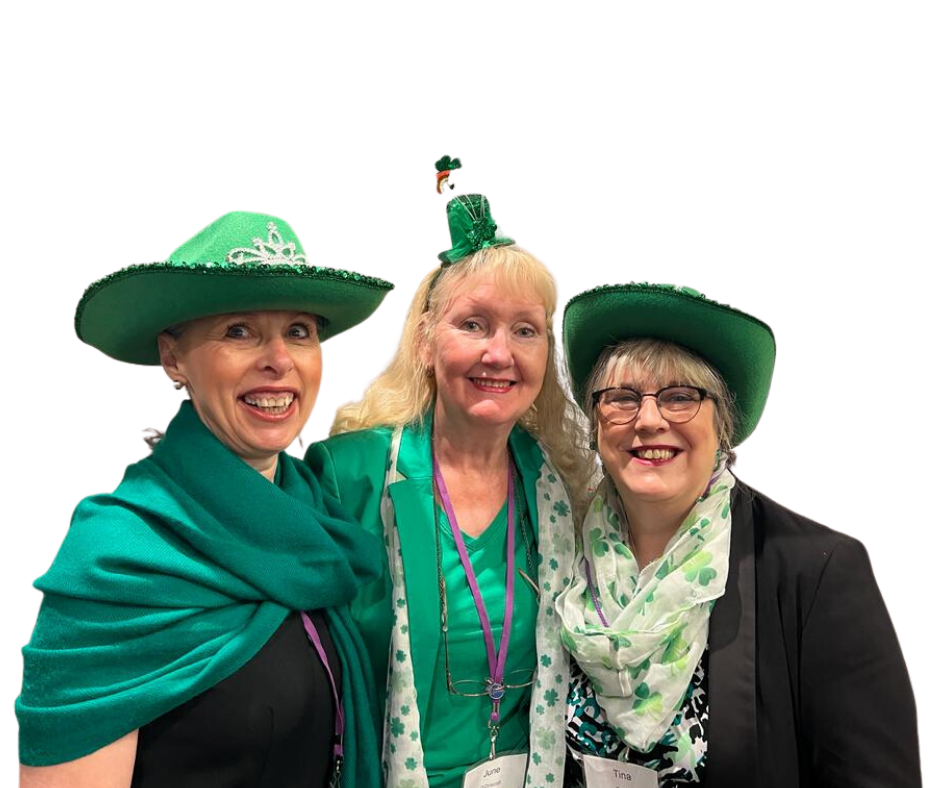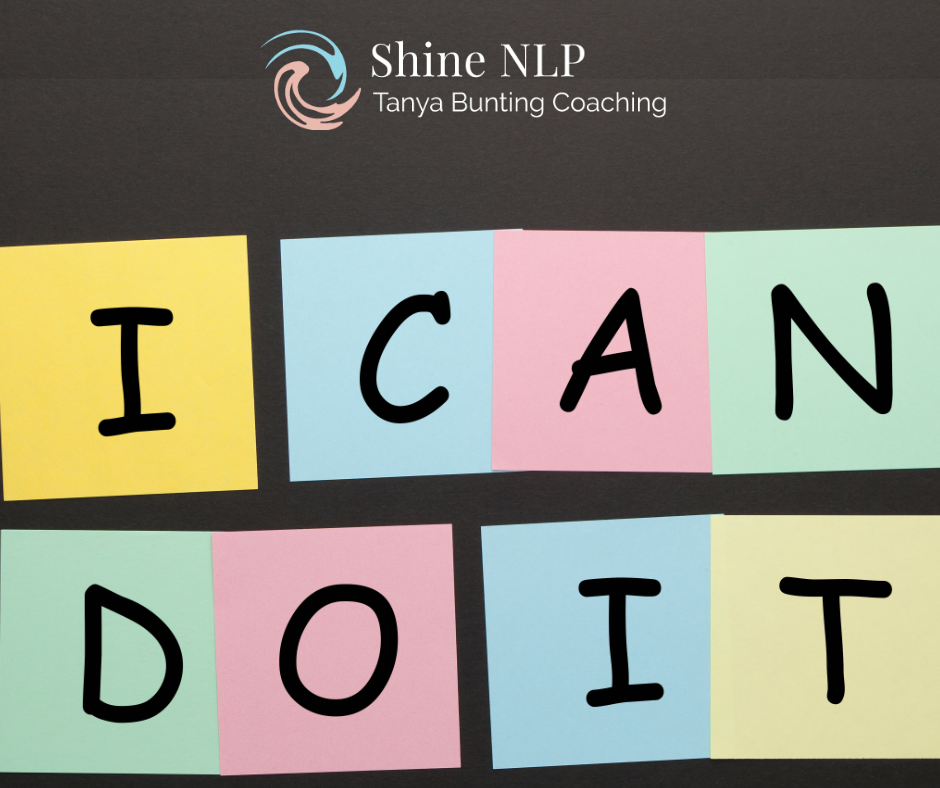NLP to Plan for the Road Ahead
This week, I’m writing to you from Glastonbury where I’m enjoying a Business Alchemy Retreat.
I wonder if you’ve ever taken time out of your busy schedule.
Imagine the difference you can make when you take quality time to plan ahead.
You don’t have to work with an NLP coach or go on an NLP based retreat to ensure the quality time but it can make the world of difference simply to change the environment when you want to review your goals and plan the necessary steps to achieve them.
Needless to say, while I’m in Glastonbury and the washing, emails and any other distractions are beyond reach and I have the time and support to revision and plan ahead yet again, it’s time well spent for me and my business, and ultimately my special people [that I love to bits] that I’ve left at home, for now…
I wonder if you, like me, have a picture of where you want to go. Maybe it’s in your minds eye, or maybe you’ve put together a vision board that works for you.
Vision boards are great if you know the actions that you’re going to take to achieve your dream but lots of people who create a vision board fail because they’ve missed the all-important step of planning the actions they will take to get there.
Once you’ve decided on a great thinking space, NLP Timelines are great for planning the way forward.
My favourite thinking spaces [when I’m not on a Business Alchemy Retreat] include my beach hut, a nice coffee shop or a local library [of which there are plenty to choose from].
Once I’m set up in a space where I can revision and plan ahead, I simply draw a line from now to my end goal. I then track back and fill in all the things that need to happen to get there. In the old days, my plan used to stop there but not now…
Now I know the benefit of trance, I close my eyes and go inside and train brain on a weekly and sometimes daily basis to get to the next milestone.
Trance [also known as visualisation] isn’t rocket science, but it does make the world of difference.
My invitation for you this week is to think of a personal and /or professional goal that you know is achievable when you put your mind to it. Draw a line from now to the moment when you reach your goal, fill in the actions that need to happen and add a date for each action to ensure you pace yourself to reach success.
I’d love to hear your success and if I can be of help, do not hesitate to get in touch.

If your wondering, I did plan to climb [or rather walk] to the Glastonbury Tor. Simply, being here wasn’t enough to get me there and putting the picture on a vision board is pleasing but still not enough. For me, the opportunity to see the sunrise from this beautiful landmark was a great motivator and my internal alarm clock and legs did all the rest!
To join our next NLP Intro Day Workshop here in Bournemouth with Shine NLP By the Sea, click here.














